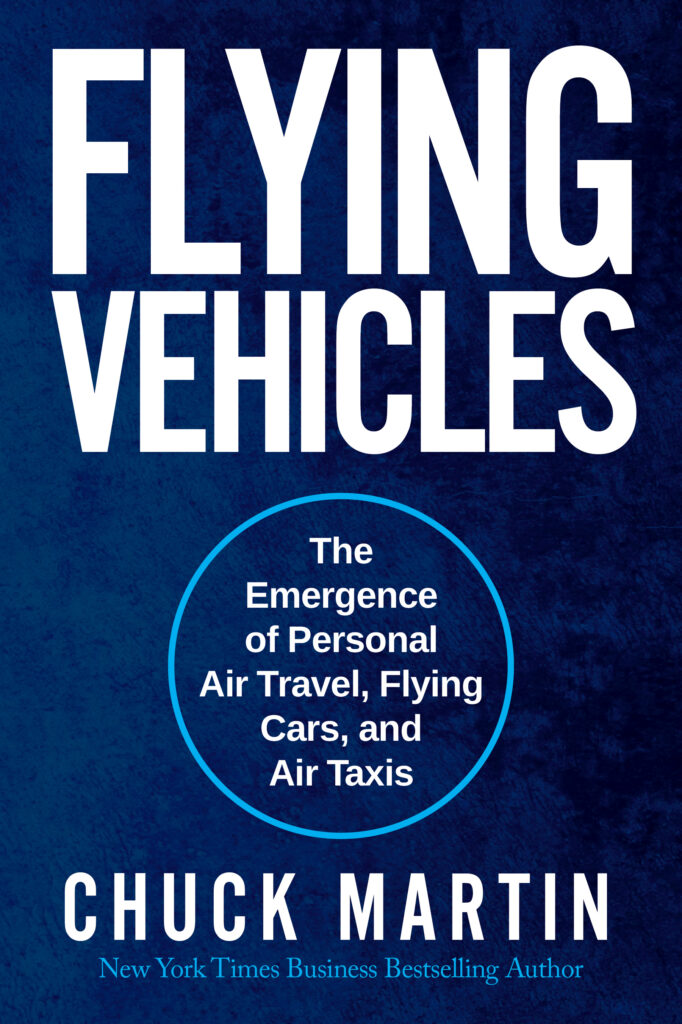Mobile makes coupons matter.
While coupons have been around since 1887 when Coca-Cola first offered them to promote free samples of Coke, nothing has revolutionized the phenomenon as mobile will.
Consumers consistently are attracted to value from those who provide goods and services to them to those who want to provide goods and services to them.
To attract these consumers marketers have traditionally used paper-based coupons leading shoppers to cut them out of newspapers and stack them for the next trip to the store.
But traditionally, the only way for businesses to target consumers was based on where they lived. Mobile turns that model on its head.
Several hundred billions of coupons a year are distributed with several billion of those being redeemed, according to NCH Marketing Services, so the consumer-coupon behavior already is well established.
With mobile, location-based marketing enters the picture, in which there are three distinct categories:
• Location Drivers: These involve creating incentives to attract a customer to a location.
• Location Magnets: these offer value once a customer arrives at a location.
• Location Activators: These involve the interactions with the mobile customer at the moment of purchase.
Coupons dominate the first of the location categories, since coupons cause or drive a person to go to a particular location. And with mobile, the static nature of coupons is eliminated and customer location can be added to the equation.
While we could forever measure supply and demand, now we can add time and location via mobile, which has the potential to dramatically increase the value of coupons.
Once a marketer can leverage customer location and time of day to existing supply, mobile coupons can become significantly more targeted, and therefore of high value to a shopping consumer.
Mobile coupons simply make life easier for consumers. From the consumer’s viewpoint, coupons provide value in several ways.
For example, nearly half (45%) of consumers use coupons to save money on something they usually buy, according to a recent the Borrelll Associates study involving more than 39,000 consumers.
The study also found that almost a third (29%) use coupons to try something new and a quarter (26%) use them to try something that’s usually too expensive.
The researchers also found that age plays a factor in mobile coupon usage, with three times more of those under 45 years old using mobile coupons compared to those over 45. This is consistent with higher smartphone ownership among younger demographics.
Mobile makes coupons portable, so that Target coupons sent via SMS, and the associated expiration reminders, can remain in phone storage until time for usage and barcode redemption at checkout.
Mobile coupons also can be highly relevant based on the consumer location within a store or in relation to a product as well as being connected to brands and shopping behaviors. Kraft and coupons.com demonstrated this some time ago as well as Shopkick shows for shoppers at stores such as Macy’s and Best Buy.
From a consumer standpoint, mobile coupons can always be with them since they always have their phones.
From a marketer and brand viewpoint, mobile coupons also rank highly. In a study of agencies and brands by The Center for Media Research, the best mobile ROI came from coupons, followed by text links and display banners.
Coupons also rated highly with clients as to what excites clients the most in mobile marketing, along with branded apps and mobile video in that study.
From a marketing standpoint, mobile coupons work. They also work for consumers since they provide value.
The migration of coupons to mobile can’t occur fast enough for either.
Chuck Martin is author of The Third Screen; Marketing to Your Customers in a World Gone Mobile, The Smartphone Handbook, CEO of Mobile Future Institute, Director of the Center for Media Research at MediaPost Communications and ahighly sought-after mobile marketing speaker.










